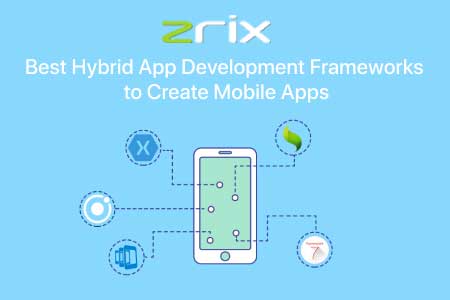Progressive Web Apps: Bridging the Gap Between Web and Mobile

Introduction
In the landscape of web development Progressive Web Apps (PWAs) have emerged as a revolutionary solution. Bridging the gap between traditional web applications and native mobile apps. PWAs combine the best of both worlds, offering users an enhanced, reliable, and engaging experience. While providing developers with a unified codebase that works across all platforms. But what exactly are PWAs, and why are they gaining so much traction? Let’s dive in.
Quick Navigation
What are Progressive Web Apps?
PWAs are web applications that leverage modern web capabilities to deliver an app-like experience to users. They are built using standard web technologies such as HTML, CSS, and JavaScript but are designed to be fast, reliable, and engaging.
PWAs are characterized by several key features:
- Progressiveness: They work for every user, regardless of browser choice, because they are built with progressive enhancement as a core tenet.
- Responsiveness: PWAs fit any form factor, from desktop to mobile devices.
- Connectivity Independence: They can work offline or on low-quality networks using service workers.
- App-like Interactions: They provide an app-like experience to users with app-style interactions and navigation.
- Freshness: Always up-to-date, thanks to the service worker update process.
- Safety: Served via HTTPS to prevent snooping and ensure content hasn't been tampered with.
- Discoverability: Identifiable as "applications" thanks to W3C manifests and service worker registration, enabling search engines to find them.
- Re-engagement: Capable of sending push notifications to keep users engaged.
- Installability: Allow users to “keep” apps they find most useful on their home screen without the hassle of an app store.
- Linkability: Easy shared via URL and does not require complex installation.
Why Choose PWAs?
1. Enhanced User Experience
PWAs provide a seamless and smooth user experience. They load quickly, even on flaky networks, thanks to their reliance on service workers for offline capabilities and cached data. This leads to lower bounce rates and higher user engagement.
2. Cost-Effective Development
Developers can build and maintain a single codebase for both web and mobile platforms, significantly reducing development and maintenance costs. There's no need to create separate versions for different devices or operating systems.
3. Improved Performance
PWAs are designed to be fast. They load instant and respond quickly to user interactions, thanks to optimized caching and the use of service workers. This results in a performance that rivals native apps.
4. Offline Capabilities
One of the standout features of PWAs is their ability to function offline or in areas of low connectivity. Service workers allow the app to cache assets and data, enabling users to access the app and perform actions even without an internet connection.
5. SEO Friendly
Since PWAs are basically websites, they are discoverable by search engines. This is a significant advantage over native apps, which are limited to app stores. Good SEO practices can make PWAs highly visible in search results.
6. Push Notifications
PWAs can send push notifications, similar to native apps. This capability helps in keeping users engaged and informed, driving them back to the app regularly.
Real-World Examples of PWAs
Many big names have adopted PWAs, reaping significant benefits.
Here are a few examples:
- Twitter Lite: Twitter’s PWA provides a fast, reliable, and engaging experience with lower data consumption. It has led to a 65% increase in pages per session, a 75% increase in Tweets sent, and a 20% decrease in bounce rate.
- Pinterest: Pinterest rebuilt its mobile web experience as a PWA. Which led to a 60% increase in core engagement metrics, and time spent on site increased by 40%.
- Uber: Uber’s PWA is designed to make car booking available to any user on low-speed networks, consuming only 50kB on initial load.
How to Build a PWAs
Building a PWA involves several key steps:
- HTTPS: Serve your app over HTTPS to ensure security.
- App Manifest: Create a web app manifest, a JSON file that provides the browser with information about your app (name, icon, start URL, etc.).
- Service Workers: Install service workers to manage caching and offline capabilities.
- Responsive Design: Ensure your app is responsive and works on all devices and screen sizes.
- Testing and Optimization: Use tools like Lighthouse to audit your PWA and identify areas for improvement.
Conclusion
Progressive Web Apps represent the future of web development. Offering the performance and user engagement of native apps with the reach accessibility of the web. As businesses and developers continue to seek ways to improve user experiences while managing costs. PWAs present a compelling option that combines the best aspects of web and mobile app development. Whether you're a developer looking to streamline your workflow or a business aiming to reach more users, embracing PWAs could be a game-changer.



